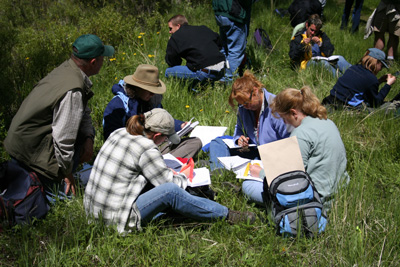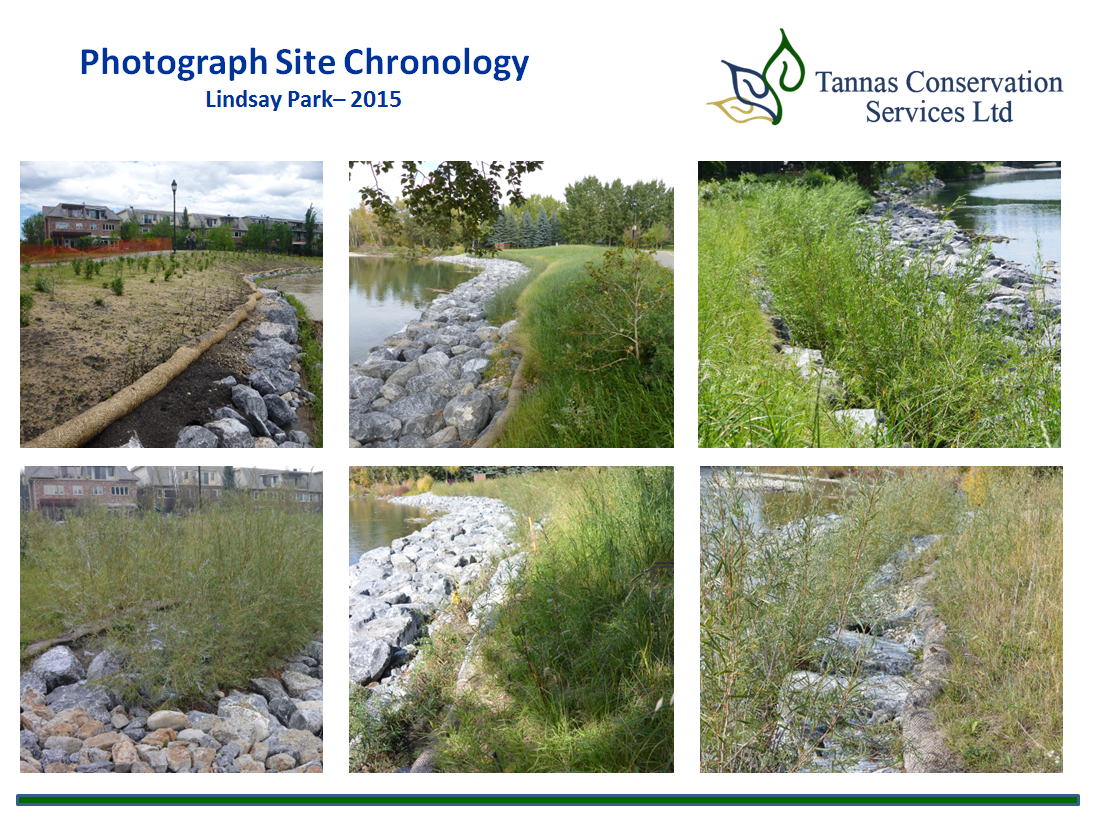
This component of our course will involve a one hour classroom segment reviewing the parts of plants and an introduction to keying forbs. The rest of the day will be spent outside identifying forbs in field conditions. This component will include species found in the prairie, parkland, foothills and montane natural subregions of Alberta as well as weeds found within these regions. The goal of this component is to give each student a practical working knowledge and skill set that allows them to comfortably identify and key out forbs in every region across Alberta. The skills we are teaching focus on how to competently identify plants regardless of your location as well as seeing many of the species found within the mentioned regions. Over 30 species will be covered in this component. *For more information click here and registration click here. 
Tannas Conservation Services Ltd. is pleased to offer a 2025 Wetland Assessment Course. This course focuses on the techniques and knowledge required to assess wetlands under the recently released Alberta Wetland Policy and the Alberta Wetland Classification. The course also discusses other wetland assessment techniques including: Riparian Health Assessment and Stewart and Kantrud Classification. The course will include a 2 classroom as well as a 1 field component.
Day 1 – Alberta Wetland Policy and the ABWRET-A Webinar: Review of the Alberta Wetland Policy and assessment requirements including Alberta Wetland Classification System, a brief introduction to the AWRET-A Form, reporting requirements, challenges and things you need to know to successfully complete a wetland report. *For more information Click here and registration form Click Here. 
This two day course will have both office and field components that focus on demonstrating designs and construction techniques in bioengineering projects within the prairie and parkland regions. The use of native species will also be a strong focus of the course.
*For more information click here and registration form click here.
 Course Description Component 1 – Site Assessment and Literature Review *For more information click here and registration form click here. More Articles... |




